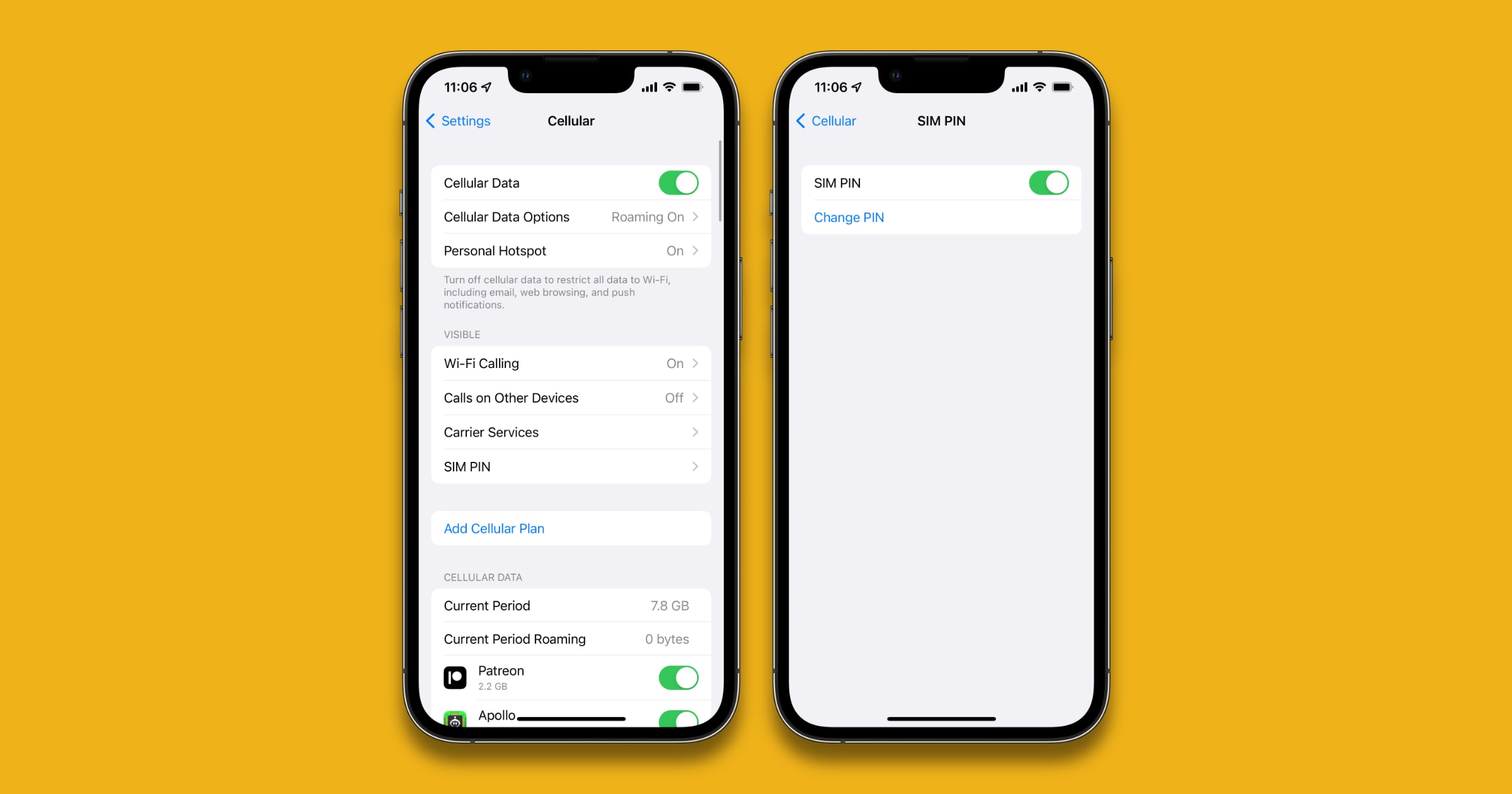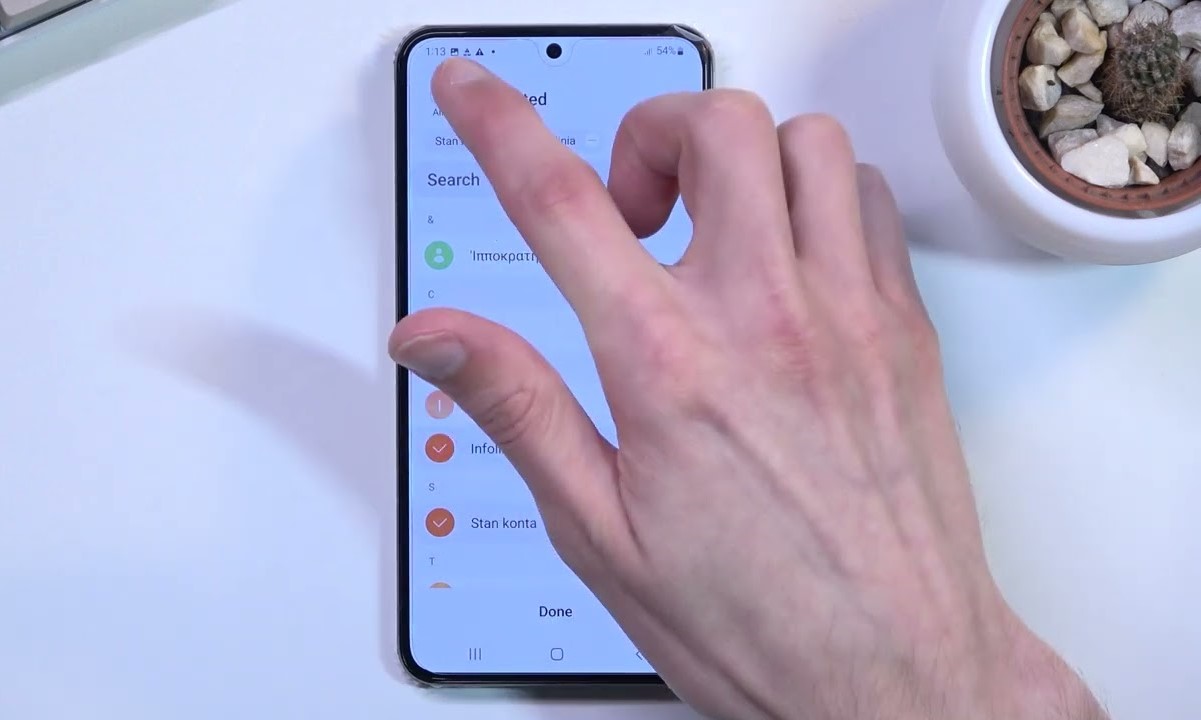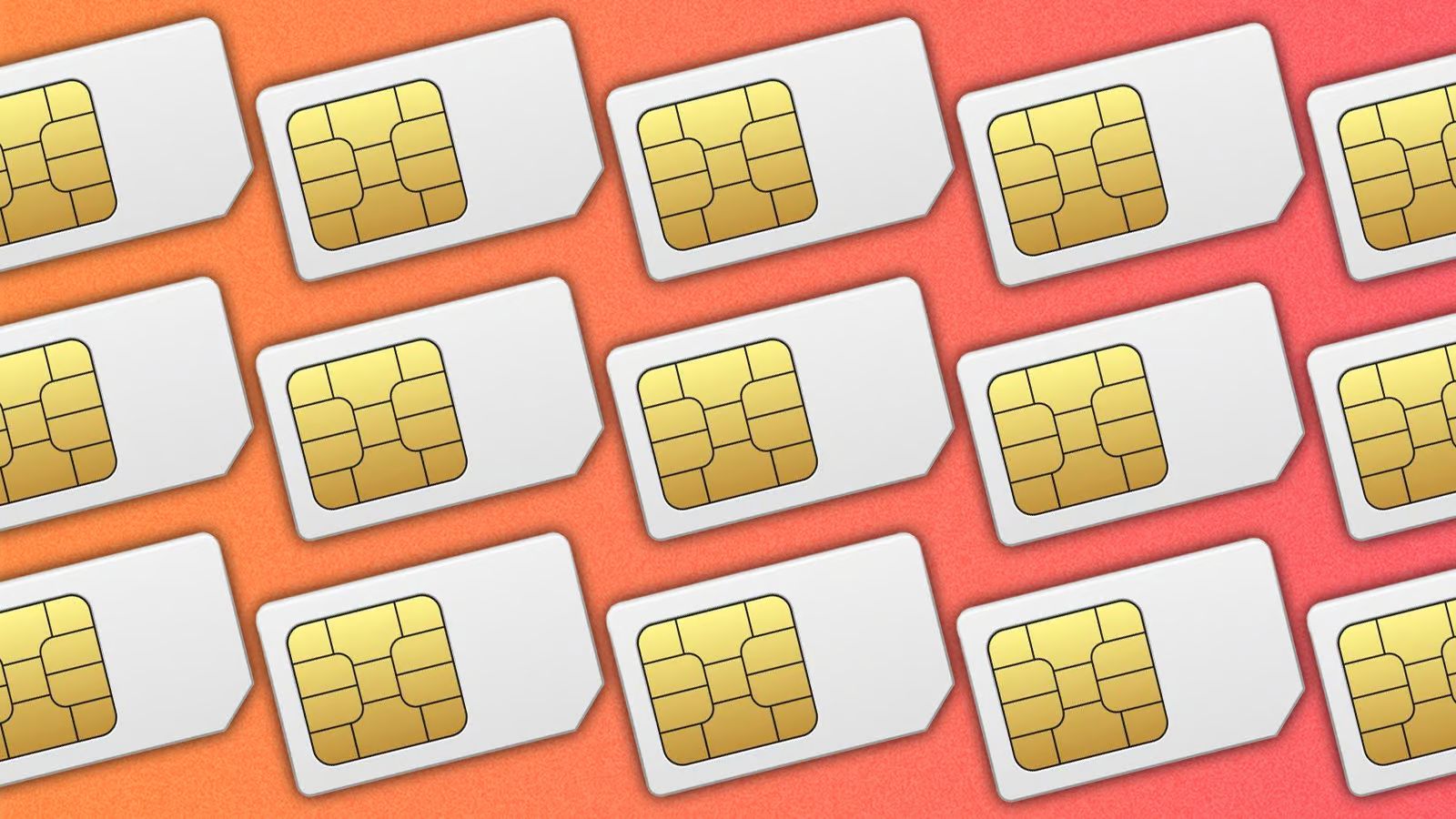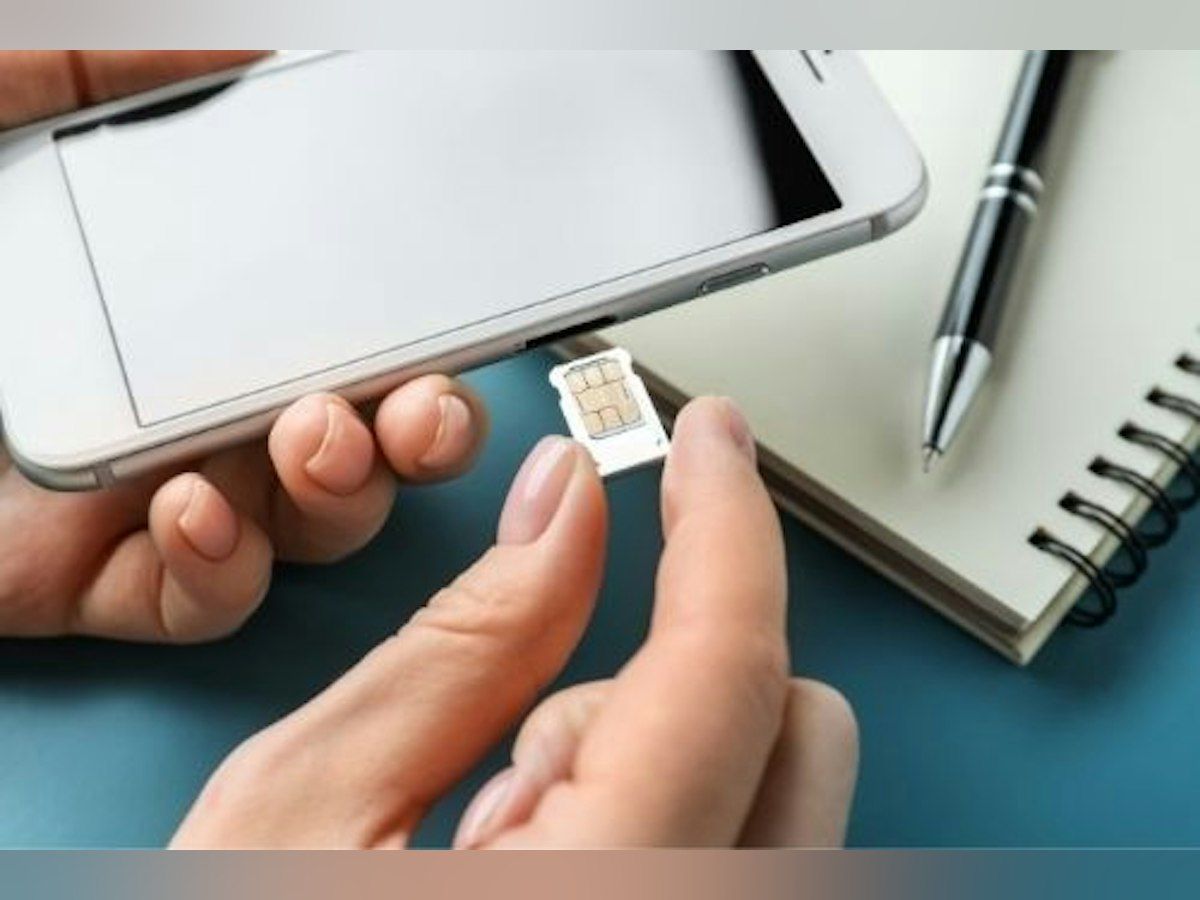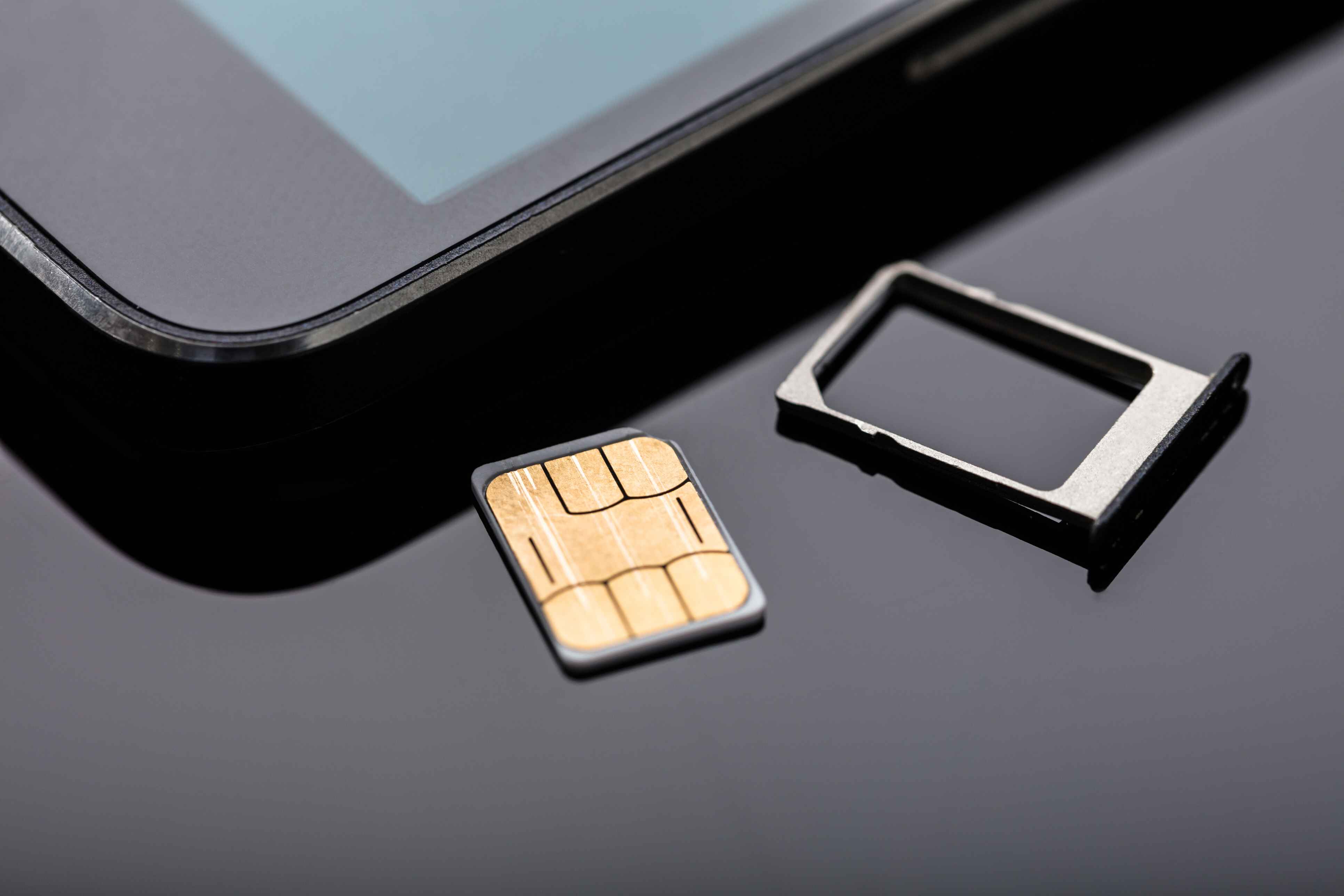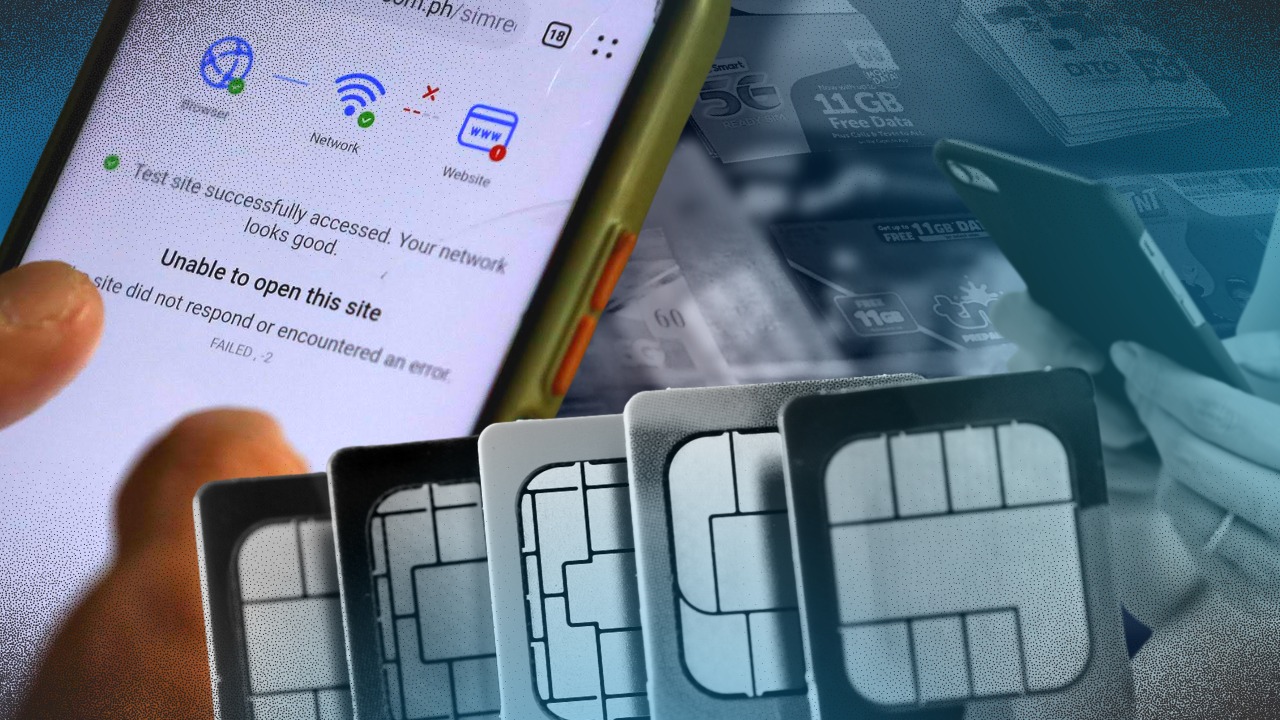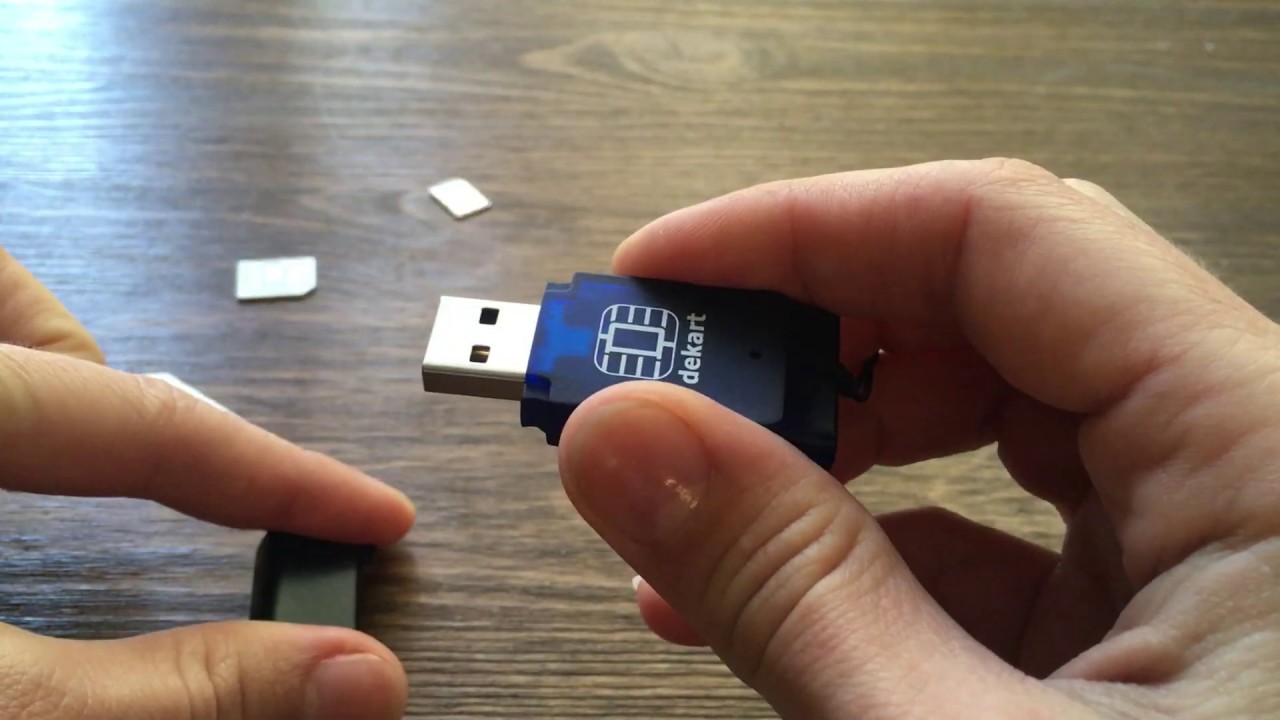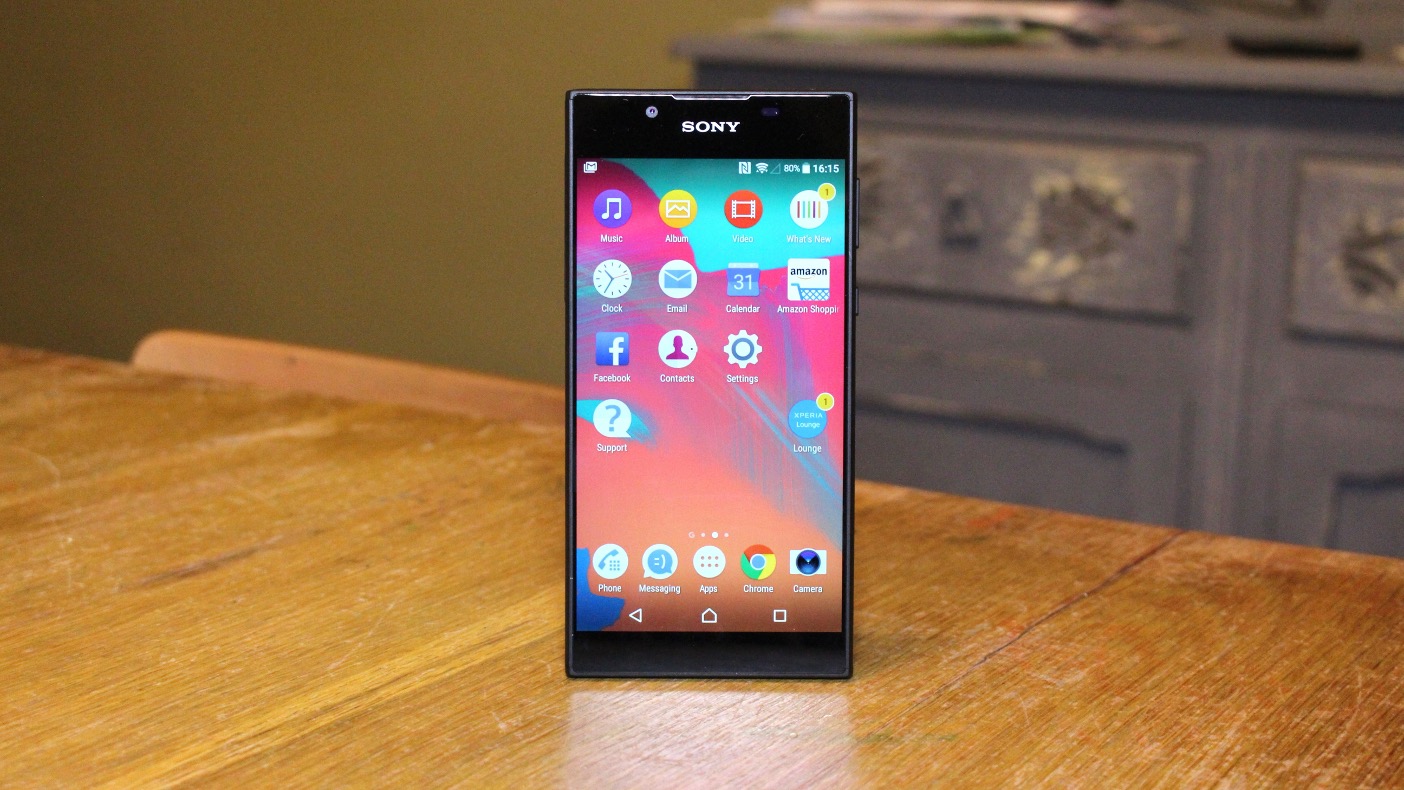Introduction
In today's fast-paced digital world, mobile devices have become an indispensable part of our daily lives. These devices, such as smartphones and tablets, rely on SIM (Subscriber Identity Module) cards to connect to mobile networks and access various services. While most users are familiar with the primary function of SIM cards in facilitating communication, many are unaware of the potential for storing and accessing content directly on these small yet powerful chips.
This article aims to shed light on the often-overlooked aspect of SIM cards, focusing on how users can access and view content stored on their SIM cards. By understanding the capabilities of SIM cards beyond their traditional role, users can maximize the utility of their mobile devices and make the most of the features offered by their service providers.
With the increasing demand for seamless connectivity and the growing reliance on mobile devices for a wide range of tasks, it is crucial for users to have a comprehensive understanding of the capabilities of their SIM cards. Whether it's accessing saved contacts, retrieving SMS messages, or managing supplementary services provided by the network operator, the content stored on a SIM card can play a significant role in enhancing the overall user experience.
As we delve into the intricacies of accessing and viewing content on SIM cards, it's important to recognize the potential benefits and practical applications of leveraging this often underutilized aspect of mobile technology. By the end of this article, readers will have gained valuable insights into harnessing the full potential of their SIM cards, thereby enhancing their mobile experience and staying connected in a more efficient and organized manner.
Understanding SIM Cards
A SIM (Subscriber Identity Module) card is a small, portable chip that plays a crucial role in enabling mobile devices to connect to cellular networks. It serves as a unique identifier for the user and the device, allowing seamless access to voice calls, text messages, and data services. The SIM card contains essential information, including the user's phone number, network authentication details, and contacts.
SIM cards come in various sizes, including standard, micro, and nano, to accommodate different types of mobile devices. They are typically provided by mobile network operators, and users can easily insert or remove them from their devices when switching between phones or upgrading to newer models.
One of the primary functions of a SIM card is to authenticate the user's identity and grant access to the mobile network. This process involves the exchange of encrypted data between the SIM card and the network, ensuring secure and authorized communication. Additionally, SIM cards store network-specific information, such as the preferred network mode and available roaming options, to optimize the device's connectivity.
In addition to facilitating communication, SIM cards also have the capability to store a limited amount of user data. This includes contacts, SMS messages, and in some cases, supplementary services provided by the network operator. By utilizing the SIM card's storage capacity, users can conveniently access their contacts and messages, even when switching to a new device.
Moreover, SIM cards play a vital role in enabling additional services, such as mobile banking, authentication for two-factor verification, and access to network-specific features. These functionalities leverage the secure nature of SIM cards to provide users with enhanced security and convenience in their daily interactions with mobile technology.
Understanding the fundamental role of SIM cards in mobile communication and data storage is essential for users to fully grasp the potential benefits and practical applications of these small yet powerful chips. By recognizing the multifaceted nature of SIM cards and their impact on the overall mobile experience, users can make informed decisions regarding their usage and leverage the full potential of their mobile devices.
Accessing Content on Your SIM Card
Accessing the content stored on your SIM card can provide quick and convenient access to essential information, such as contacts and messages. Most mobile devices offer built-in functionality to access the content stored on the SIM card, ensuring seamless retrieval of vital data. Here's how you can access the content on your SIM card:
-
Contacts: To access the contacts stored on your SIM card, navigate to the contacts or address book application on your mobile device. Look for an option to import or view SIM card contacts. Once accessed, you can easily view and manage the contacts saved on your SIM card, making it effortless to transfer them to a new device or backup the information.
-
Messages: Many mobile devices allow users to access SMS messages stored on the SIM card. By accessing the messaging or SMS application, you can explore the option to view messages stored on the SIM card. This feature can be particularly useful when transitioning to a new device and needing to retrieve important text messages.
-
Supplementary Services: Some SIM cards may store additional services provided by the network operator, such as special dialing codes or service-related messages. Accessing these supplementary services can provide valuable information and facilitate the utilization of network-specific features.
-
Security and Authentication: SIM cards play a crucial role in providing secure authentication for various services, such as mobile banking and two-factor verification. Accessing the security features and settings associated with the SIM card can ensure that users are leveraging the full potential of these security measures.
By understanding how to access the content stored on your SIM card, you can make the most of the valuable data and services it holds. Whether it's retrieving important contacts, accessing historical messages, or utilizing supplementary services, the ability to access content on your SIM card adds a layer of convenience and functionality to your mobile experience.
Viewing Content on Your SIM Card
Viewing the content stored on your SIM card can provide valuable insights into your communication history and essential contacts. Whether you're exploring the contacts saved on your SIM card or reviewing important text messages, accessing and viewing this content can be a straightforward process that enhances the utility of your mobile device.
Contacts
When it comes to viewing contacts stored on your SIM card, most mobile devices offer a user-friendly interface within the contacts or address book application. By navigating to the appropriate settings, you can easily access and view the contacts saved on your SIM card. This feature proves to be particularly useful when transitioning to a new device, as it allows for the seamless transfer of contacts without the need for manual data entry. Additionally, viewing SIM card contacts provides a convenient way to backup essential contact information, ensuring that it remains readily accessible.
Messages
Accessing and viewing SMS messages stored on your SIM card is another valuable capability offered by many mobile devices. By accessing the messaging or SMS application, users can explore the option to view messages stored on the SIM card. This functionality proves to be beneficial when retrieving historical messages or referencing important conversations. Whether it's reviewing vital information shared through text messages or simply reminiscing over past communications, the ability to view content directly from the SIM card adds a layer of convenience to the user experience.
Supplementary Services
In addition to contacts and messages, some SIM cards store supplementary services provided by the network operator. These services may include special dialing codes, service-related messages, or network-specific features. By viewing the supplementary services stored on the SIM card, users can gain insights into additional functionalities offered by their network provider. This can range from accessing service-related notifications to exploring specialized features that enhance the overall mobile experience.
Security and Authentication
Viewing the security features and settings associated with the SIM card is crucial for understanding the level of protection and authentication provided. SIM cards play a vital role in ensuring secure access to services such as mobile banking and two-factor verification. By reviewing the security settings, users can ensure that they are leveraging the full potential of these security measures, thereby enhancing the overall security of their mobile interactions.
By understanding how to view the content stored on your SIM card, you can leverage the valuable data and services it holds to enhance your mobile experience. Whether it's accessing essential contacts, reviewing historical messages, exploring supplementary services, or ensuring robust security measures, the capability to view content on your SIM card adds a layer of functionality and convenience to your mobile interactions.
Managing Content on Your SIM Card
Managing the content stored on your SIM card involves a series of essential tasks that allow you to maintain, organize, and utilize the valuable data and services it holds. By effectively managing the content on your SIM card, you can optimize your mobile experience and ensure seamless access to critical information. Here's a detailed overview of the key aspects of managing content on your SIM card:
Contacts Management
One of the primary tasks in managing SIM card content is efficiently organizing and updating your contacts. Most mobile devices offer intuitive options to manage SIM card contacts, including the ability to add, edit, and delete entries. By leveraging these features, users can ensure that their contact list remains up to date and readily accessible. Additionally, the ability to categorize contacts and assign specific details to each entry enhances the overall organization and usability of the stored contacts.
Message Management
Managing SMS messages stored on the SIM card involves organizing and archiving important conversations. Users can utilize the messaging or SMS application on their mobile device to manage SIM card messages, including the ability to delete outdated messages, categorize conversations, and preserve essential information. This ensures that the messaging interface remains clutter-free and allows for quick retrieval of vital communication history.
Backup and Transfer
Effective management of SIM card content includes implementing backup strategies to safeguard essential data. Users can explore options to backup SIM card contacts and messages, ensuring that the information remains secure and accessible, even in the event of a device loss or upgrade. Additionally, the ability to transfer SIM card content to a new device streamlines the transition process, allowing for a seamless transfer of contacts and messages without the risk of data loss.
Security Settings
Managing the security settings associated with the SIM card is crucial for maintaining the integrity and confidentiality of stored data. Users can review and customize security features such as PIN protection and encryption to ensure that unauthorized access is prevented. By actively managing the security settings, users can enhance the overall protection of their SIM card content and mitigate potential security risks.
Service Management
In addition to contacts and messages, managing supplementary services stored on the SIM card involves staying informed about network-specific features and notifications. Users can review and manage service-related messages, explore special dialing codes, and leverage network-specific functionalities to enhance their mobile experience. This proactive approach to managing supplementary services ensures that users are fully utilizing the offerings provided by their network operator.
By effectively managing the content on your SIM card, you can maximize the utility of the stored data and services, ensuring a seamless and organized mobile experience. Whether it's maintaining an updated contact list, archiving important messages, implementing backup strategies, enhancing security measures, or leveraging supplementary services, proactive content management on your SIM card is essential for optimizing your overall mobile interactions.
Conclusion
In conclusion, the often-overlooked aspect of SIM cards extends beyond their primary function of facilitating communication. These small yet powerful chips hold the potential to store and provide access to essential content, including contacts, messages, and supplementary services. By understanding how to access, view, and manage the content on their SIM cards, users can enhance their mobile experience and stay connected in a more efficient and organized manner.
The fundamental role of SIM cards in mobile communication and data storage underscores their impact on the overall user experience. With the ability to access and view contacts, messages, and supplementary services directly from the SIM card, users can streamline essential tasks and ensure seamless continuity when transitioning to new devices or upgrading their mobile technology.
Furthermore, effective management of SIM card content, including contacts, messages, and security settings, is crucial for maintaining the integrity and confidentiality of stored data. By implementing backup and transfer strategies, users can safeguard essential information and mitigate the risk of data loss, thereby enhancing the overall reliability of their mobile interactions.
In addition to providing convenient access to essential content, SIM cards play a vital role in ensuring secure authentication for various services, such as mobile banking and two-factor verification. The ability to manage security settings associated with the SIM card is essential for enhancing the overall protection of stored data and mitigating potential security risks.
By recognizing the multifaceted nature of SIM cards and their impact on the overall mobile experience, users can make informed decisions regarding their usage and leverage the full potential of their mobile devices. The capability to access, view, and manage content on SIM cards adds a layer of convenience and functionality to mobile interactions, ultimately enhancing the user experience and connectivity.
In essence, understanding the capabilities of SIM cards beyond their traditional role is essential for users to maximize the utility of their mobile devices and make the most of the features offered by their service providers. By delving into the intricacies of accessing and viewing content on SIM cards, users can harness the full potential of these small yet powerful chips, thereby enhancing their mobile experience and staying connected in a more efficient and organized manner.







